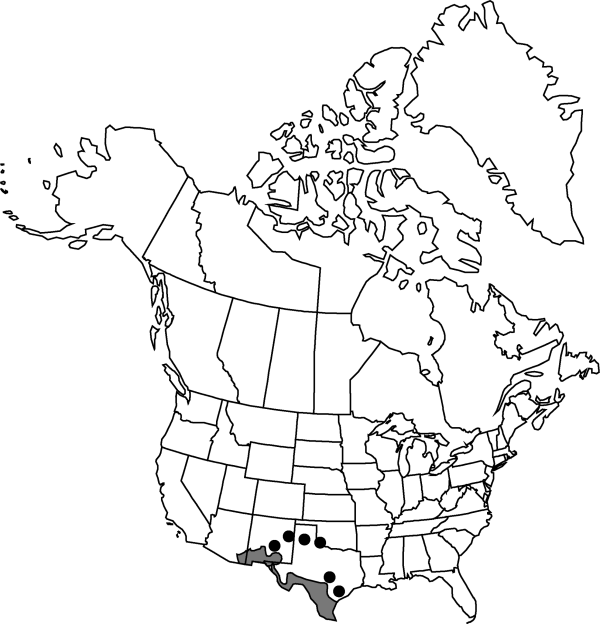Difference between revisions of "Mammillaria heyderi"
Allg. Gartenzeitung 16: 20. 1848.
FNA>Volume Importer |
FNA>Volume Importer |
||
| Line 45: | Line 45: | ||
-->{{#Taxon: | -->{{#Taxon: | ||
name=Mammillaria heyderi | name=Mammillaria heyderi | ||
| − | |||
|authority=Muehlenpfordt | |authority=Muehlenpfordt | ||
|rank=species | |rank=species | ||
| Line 57: | Line 56: | ||
|publication year=1848 | |publication year=1848 | ||
|special status= | |special status= | ||
| − | |source xml=https://jpend@bitbucket.org/aafc-mbb/fna-data-curation.git/src/ | + | |source xml=https://jpend@bitbucket.org/aafc-mbb/fna-data-curation.git/src/f50eec43f223ca0e34566be0b046453a0960e173/coarse_grained_fna_xml/V4/V4_468.xml |
|subfamily=Cactaceae subfam. Cactoideae | |subfamily=Cactaceae subfam. Cactoideae | ||
|genus=Mammillaria | |genus=Mammillaria | ||
Revision as of 21:40, 16 December 2019
Plants unbranched, protruding relatively little above soil. Roots obconic taproots; secondary roots diffuse. Stems top-shaped, flat-topped (aerial part sometimes hemispheric in old age or in dense subtropical vegetation), protruding above ground 0–2 × (4–)7.5–15 cm, firm; tubercles 9–15(–20) × 3–7 mm; axils with short wool, bristles absent; cortex and pith not mucilaginous; latex abundant in healthy tissue throughout cortex of stem, tubercles, and sometimes flower receptacle, sticky, white. Spines (8–)10–18(–27) per areole, usually brownish, darker at tip, glabrous; radial spines (8–)10–22(–26) per areole, white to white-and-brown or brown, needlelike, 6–15(–16) mm, stiff, abaxial spines longest; central spines (0–)1(–4) per areole, porrect or ascending, not hooked, (0.5–)2–8 × 0.15–0.45 mm; subcentral spines 0. Flowers 1.9–3.8 × 1.5–3 cm; outermost tepal margins entire; inner tepals white, greenish or cream to pale pink, with tan, pink, greenish, or brownish midstripes, 11–19 × 2–2.5 mm; stigma lobes externally green, internally green or red (or pink), 2.5–3 mm. Fruits brilliant red: scarlet, carmine, or crimson, obovoid to clavate, 10–35(–40) × 5–8 mm, juicy only in fruit walls; floral remnant weakly persistent. Seeds reddish brown, sometimes yellowish when fresh, 1–1.2 mm, deeply pitted; testa thin, relatively flexible; anticlinal cell walls sinuate, interstices narrower than pit diameters; pits cavernous or deeply concave. 2n = 22.
Distribution

sw United States, n Mexico.
Discussion
Varieties 2 (2 in the flora).
Green fruits of Mammillaria heyderi with fully mature, viable seeds precede the ripe (elongate) fruits by six months to a year.
Selected References
None.
Key
| 1 | Central spines 0.15-0.35 mm diam.; radial spines (7-)13-17(-26) per areole, abaxial radial spines 6-11(-16) mm; e of El Paso, Texas, New Mexico, Oklahoma. | Mammillaria heyderi var. heyderi |
| 1 | Central spines 0.35-0.45 mm diam.; radial spines 10-14 per areole, abaxial radial spines 9-15 mm; El Paso, Texas, w to Arizona | Mammillaria heyderi var. bullingtoniana |